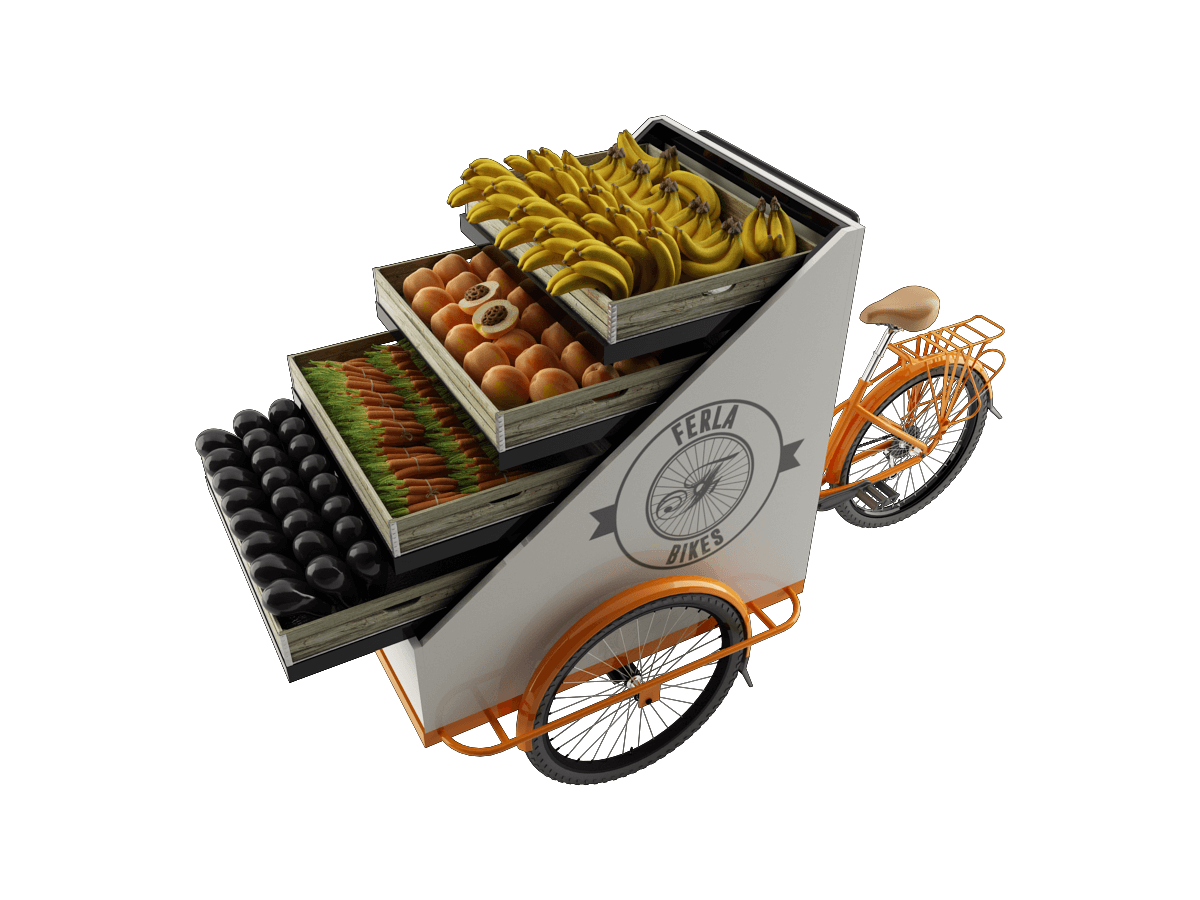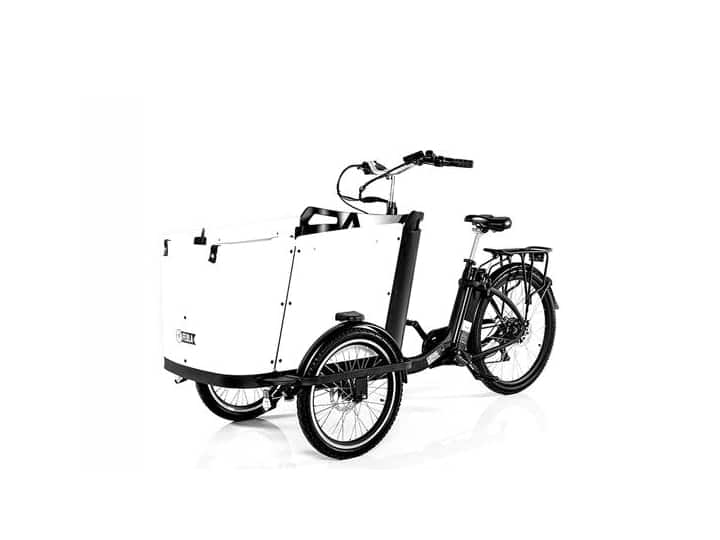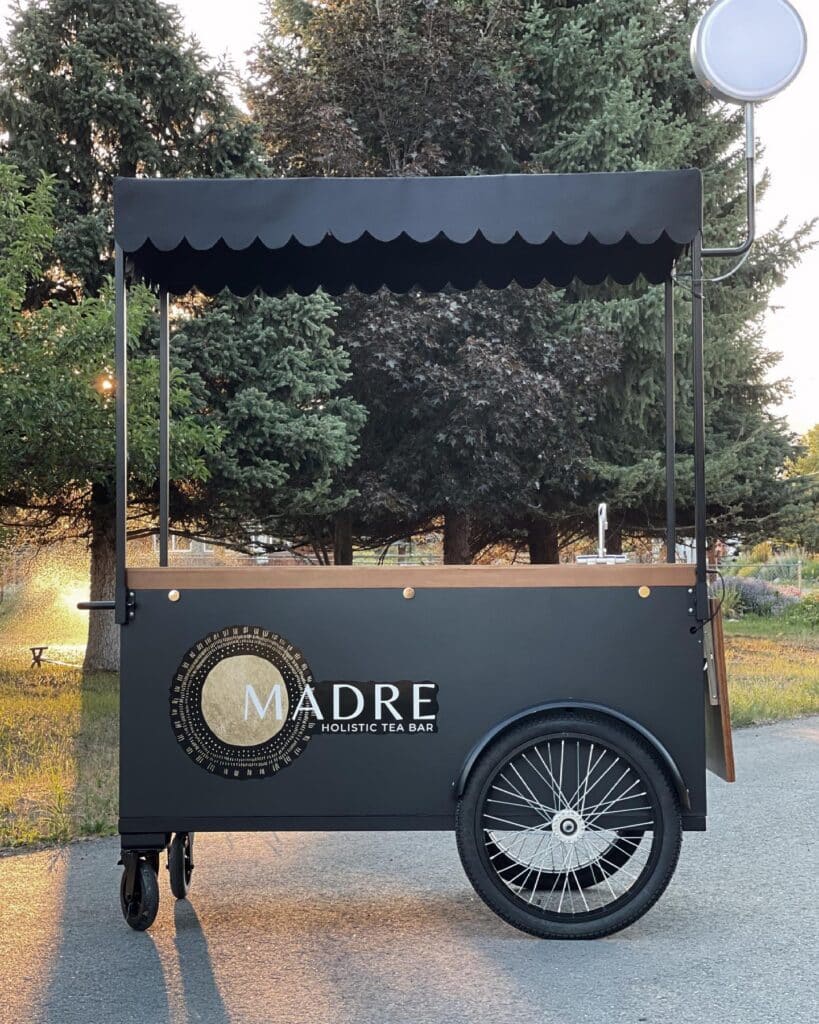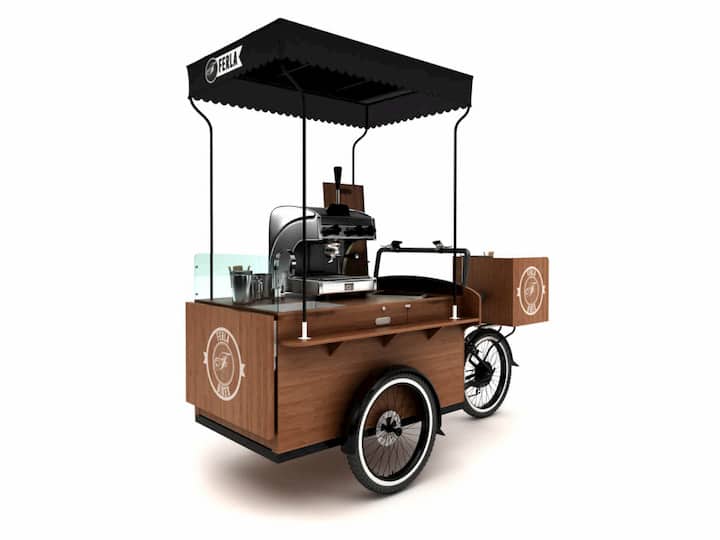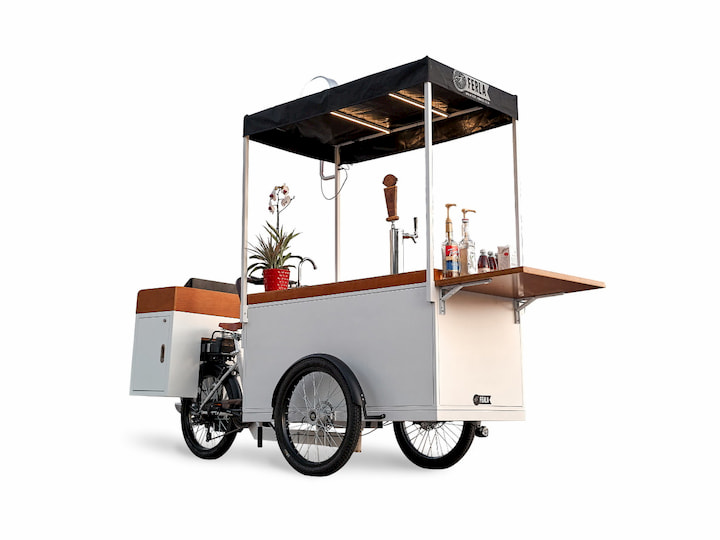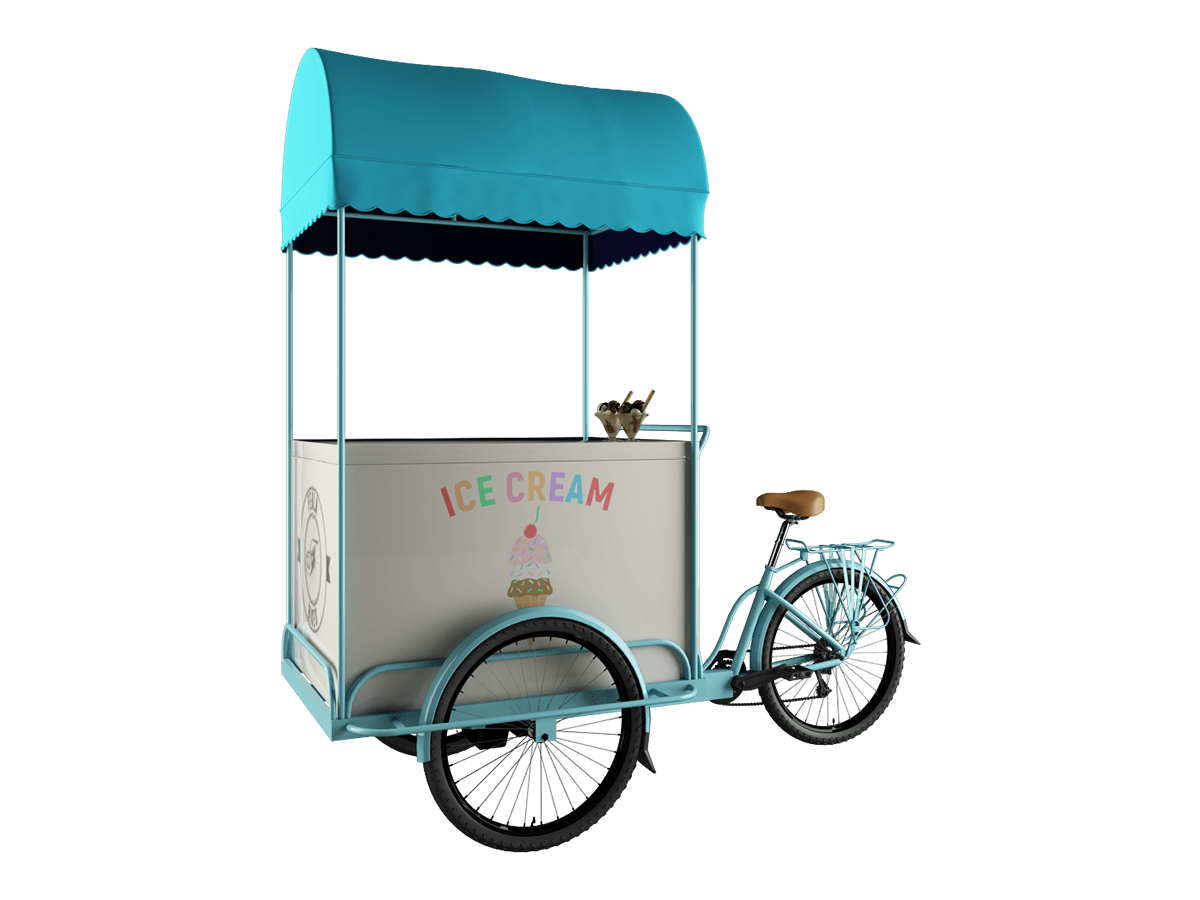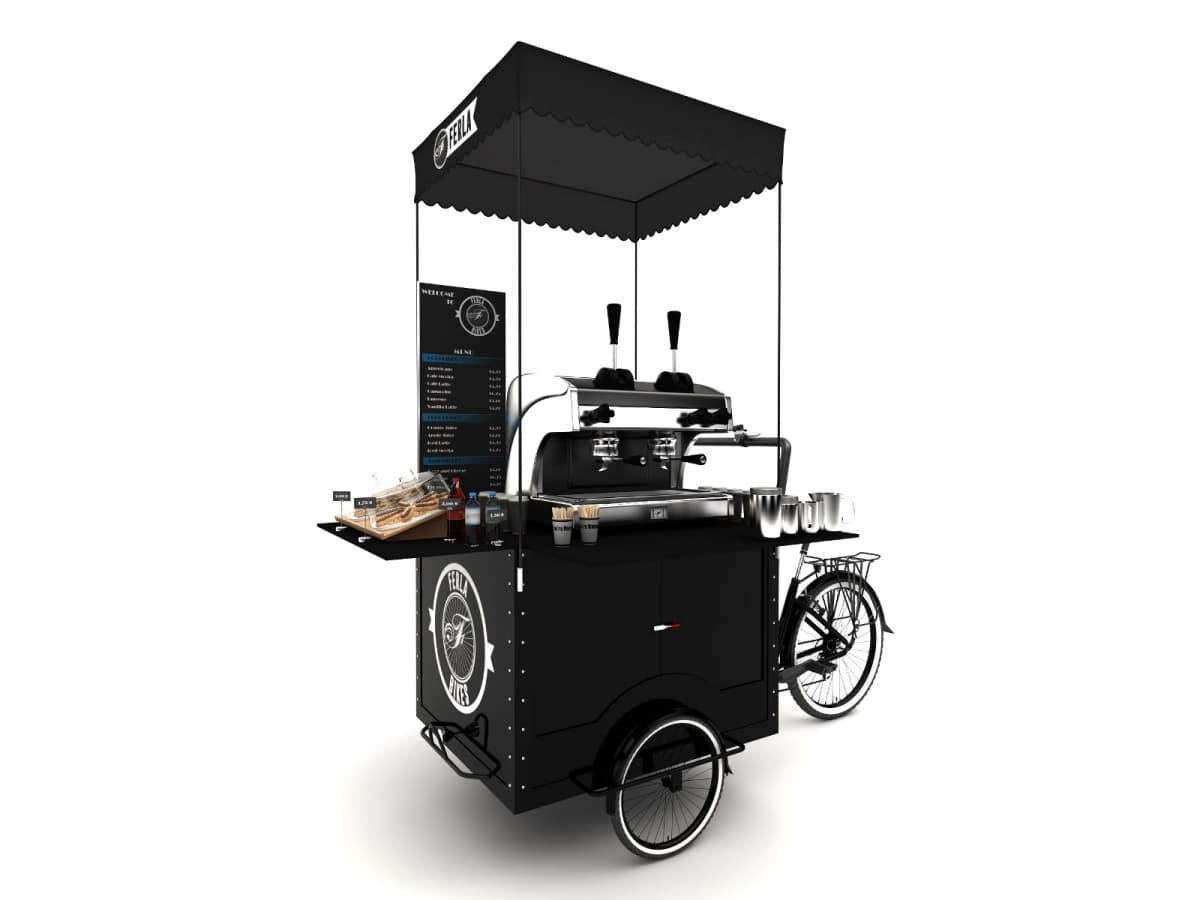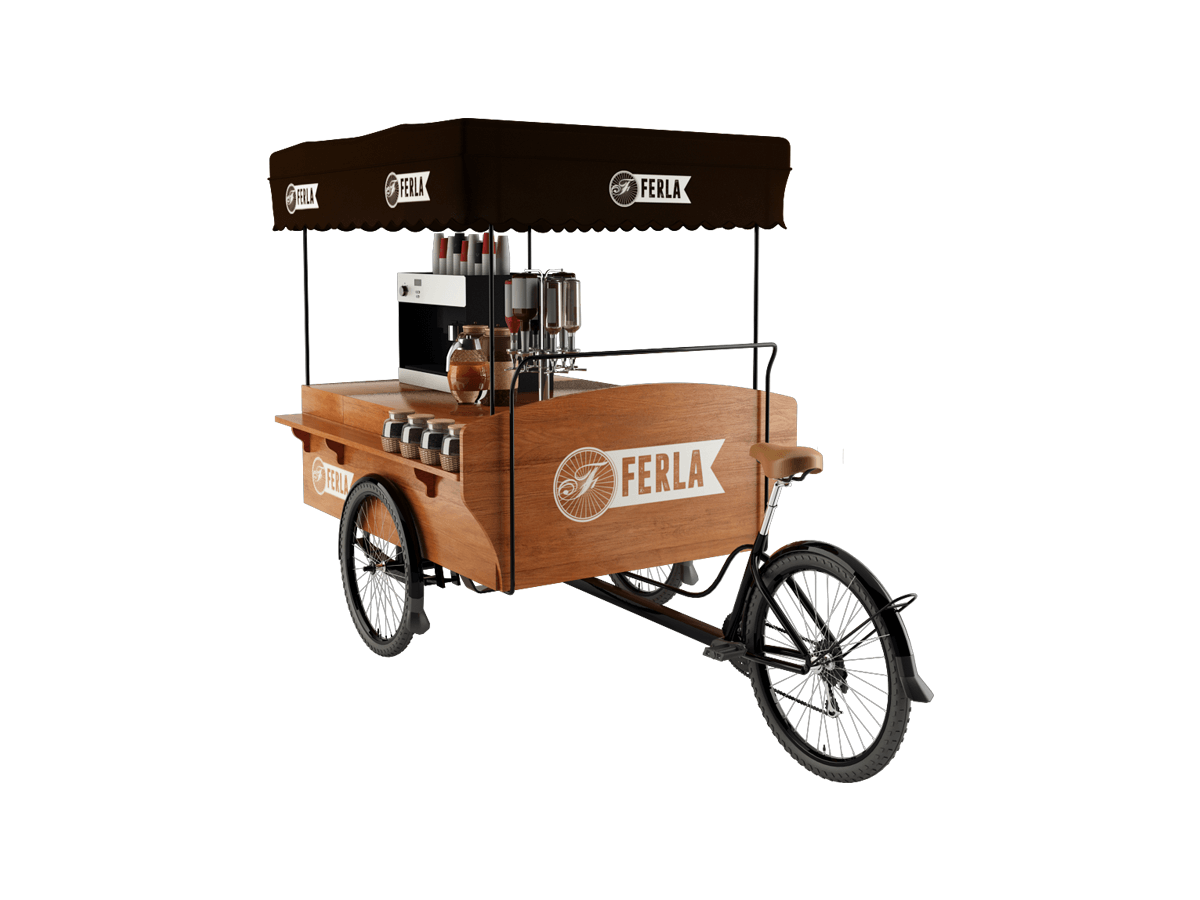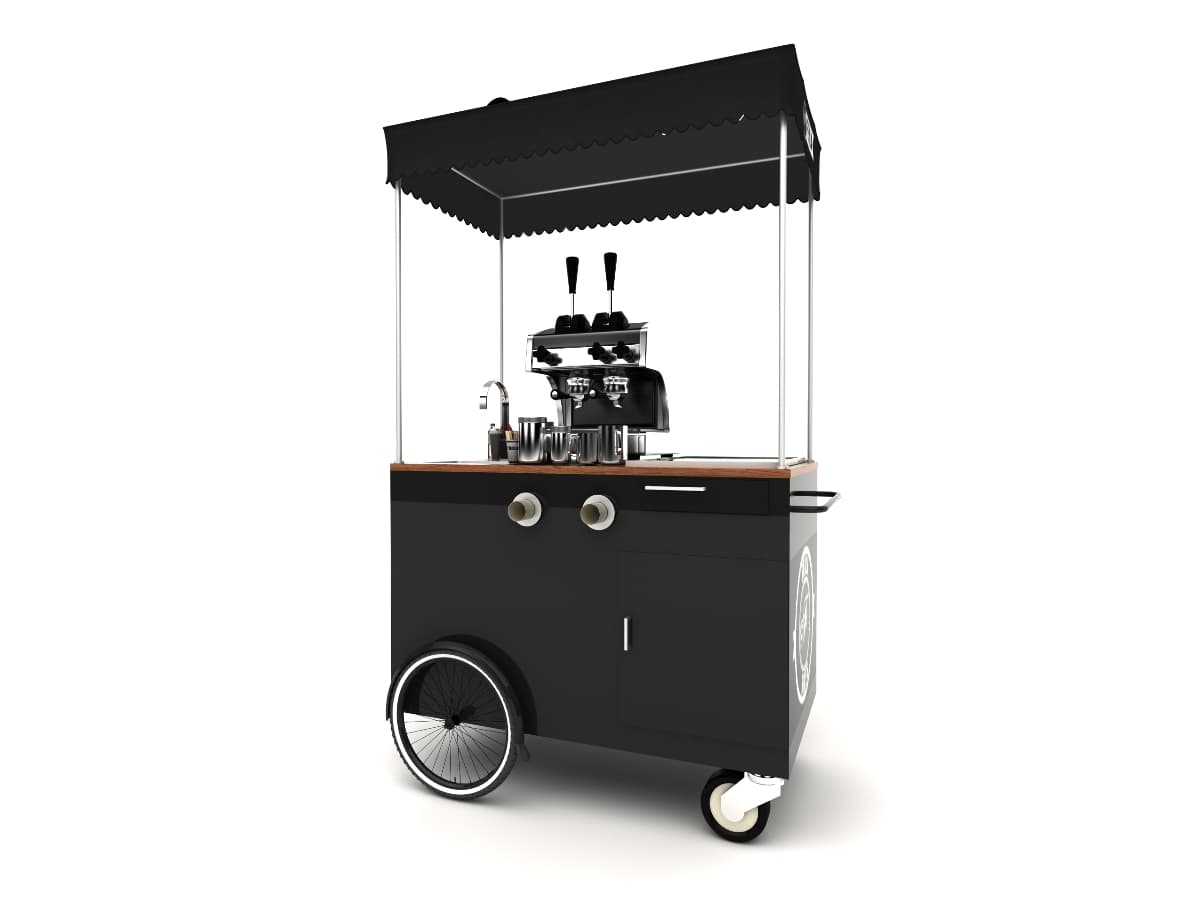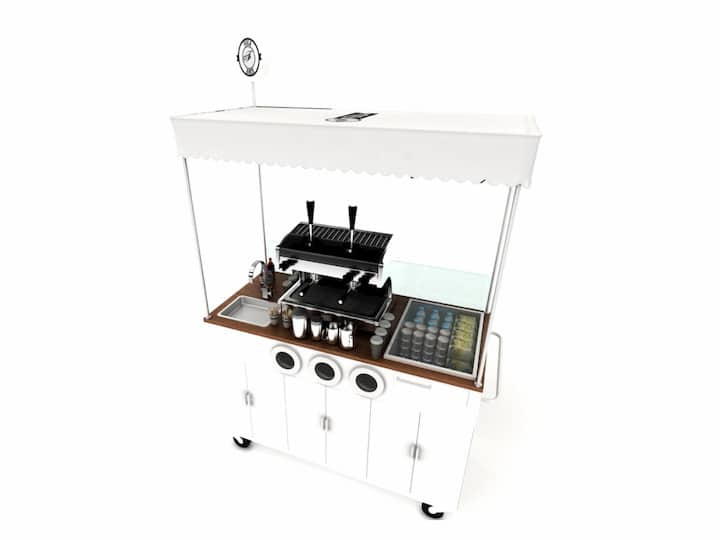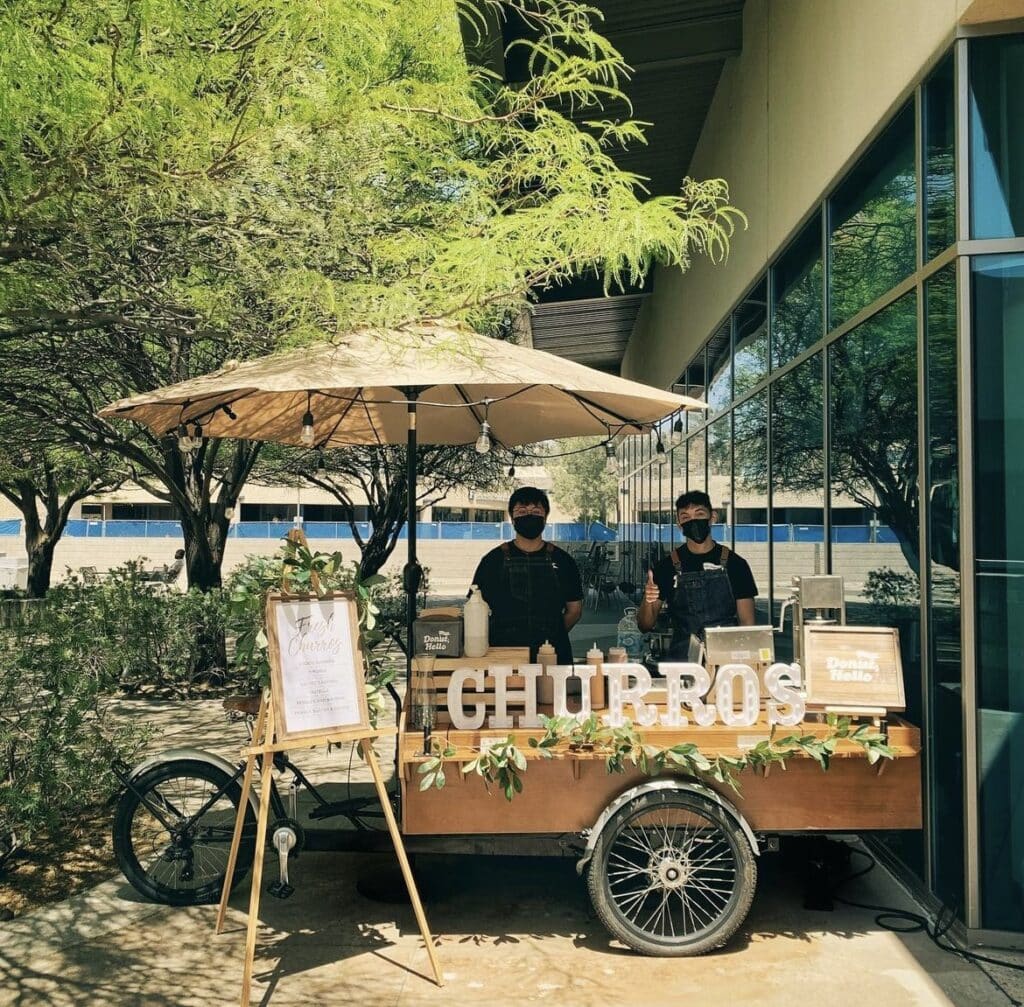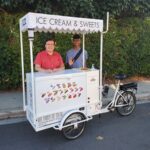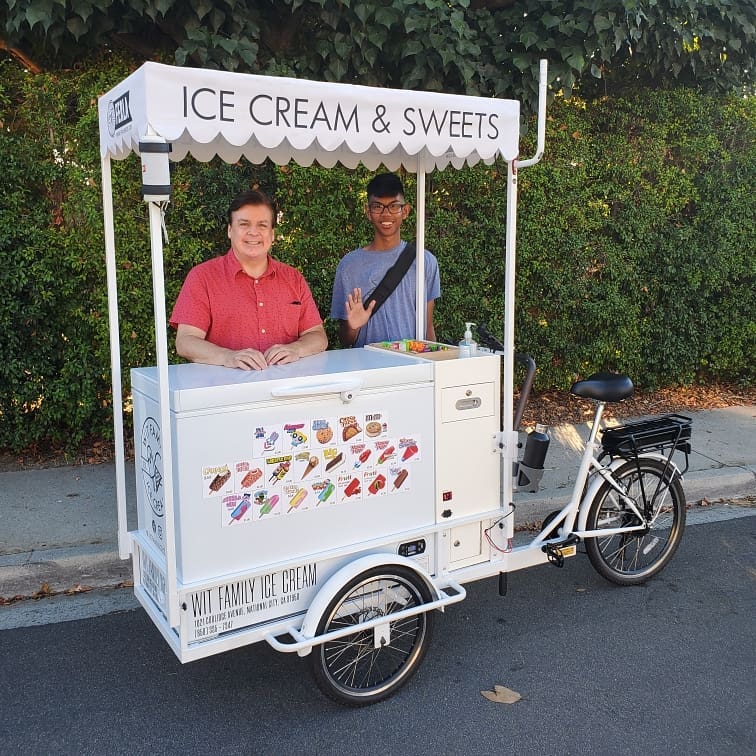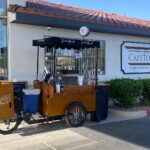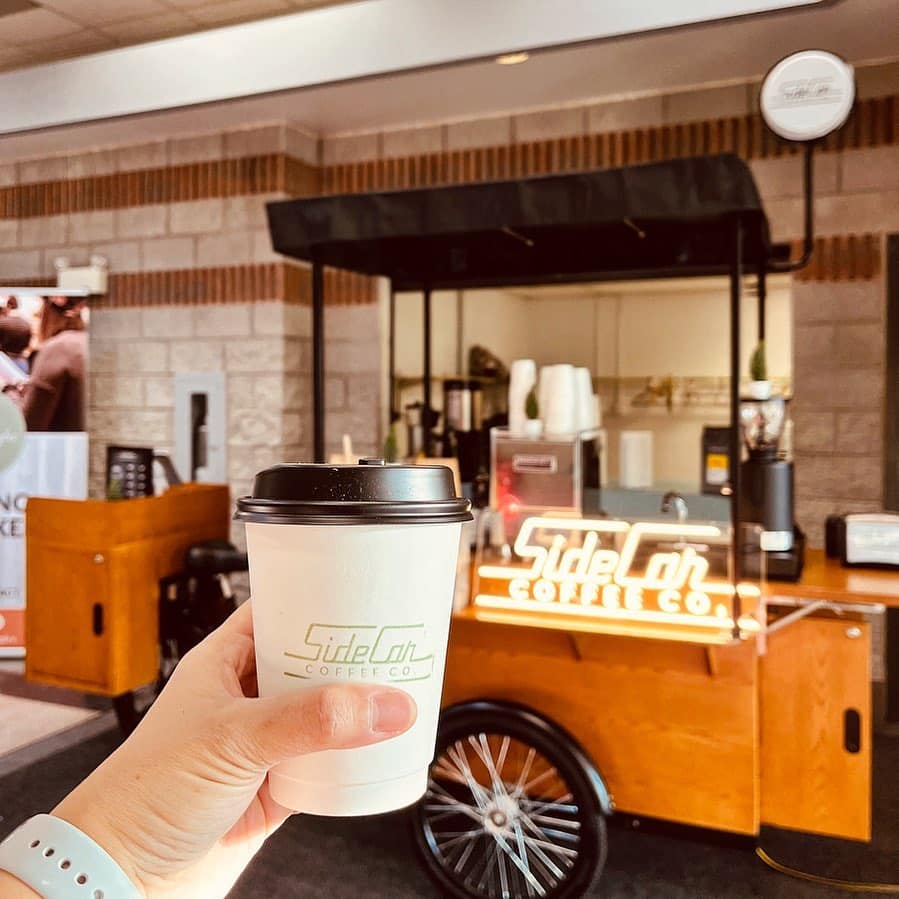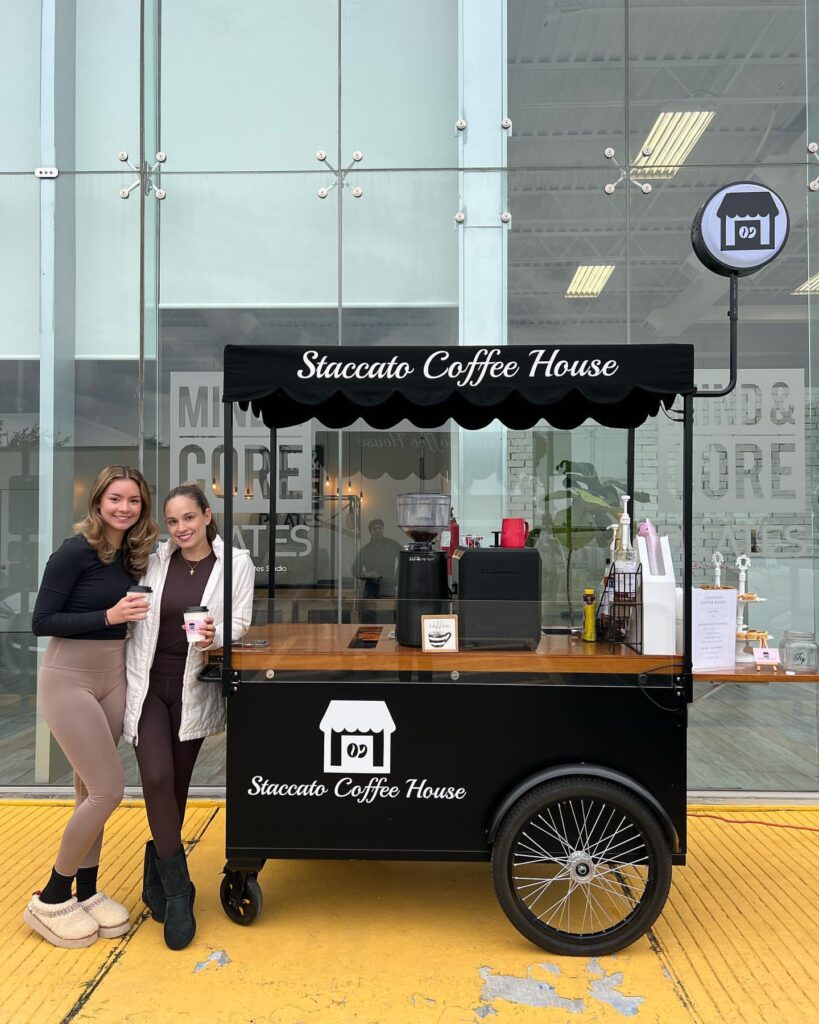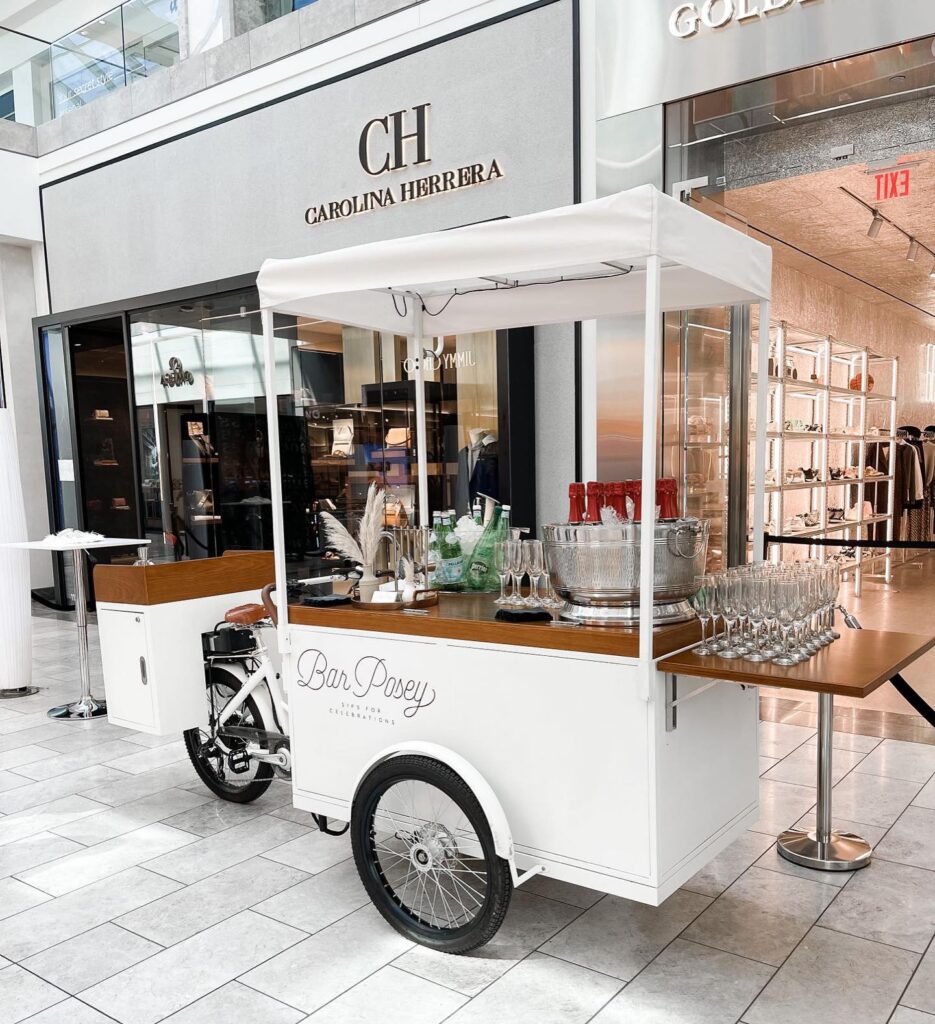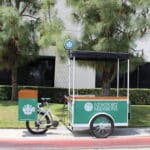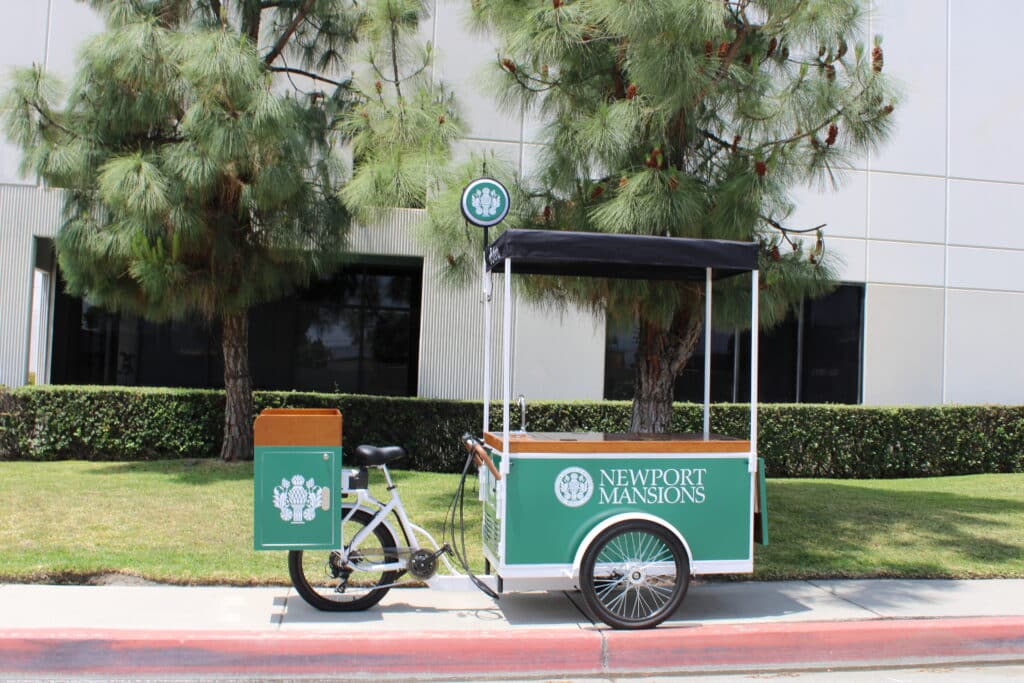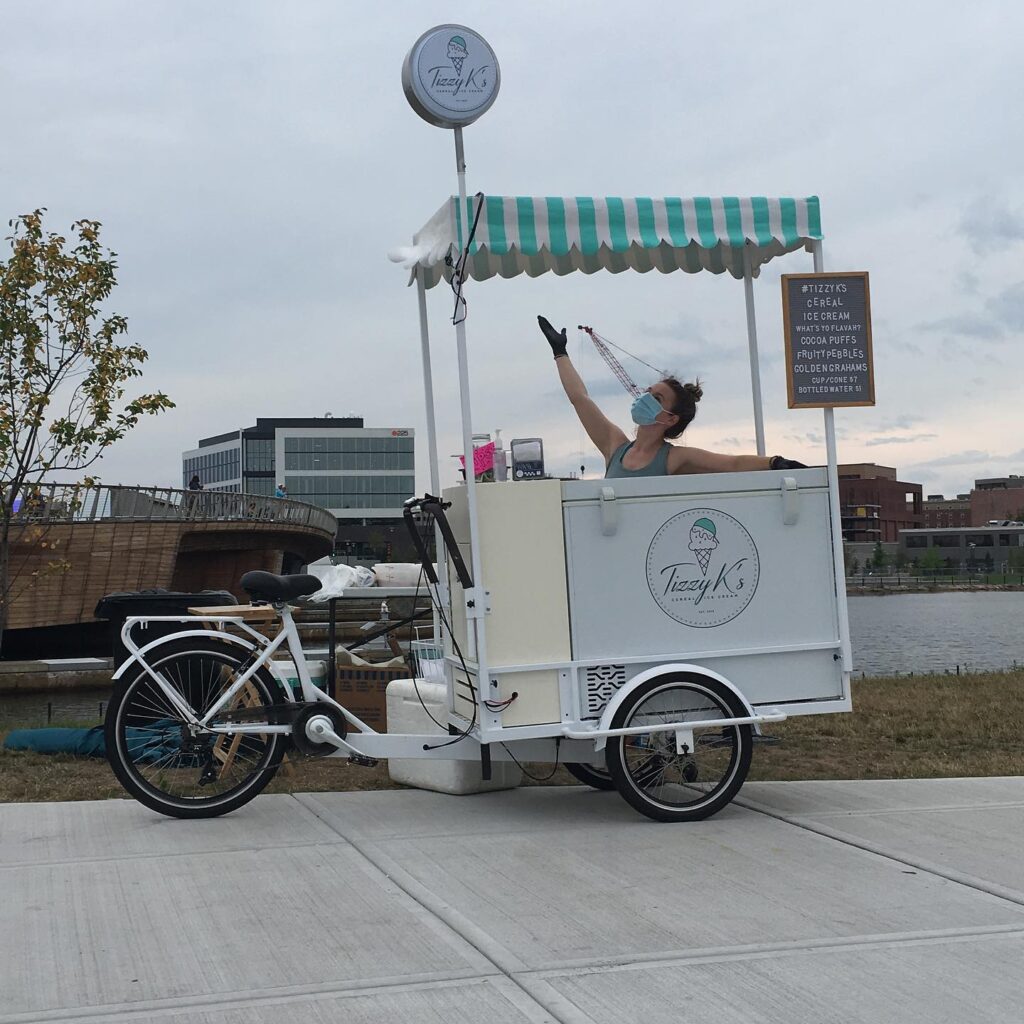How to Start a Bike Food Delivery Business?
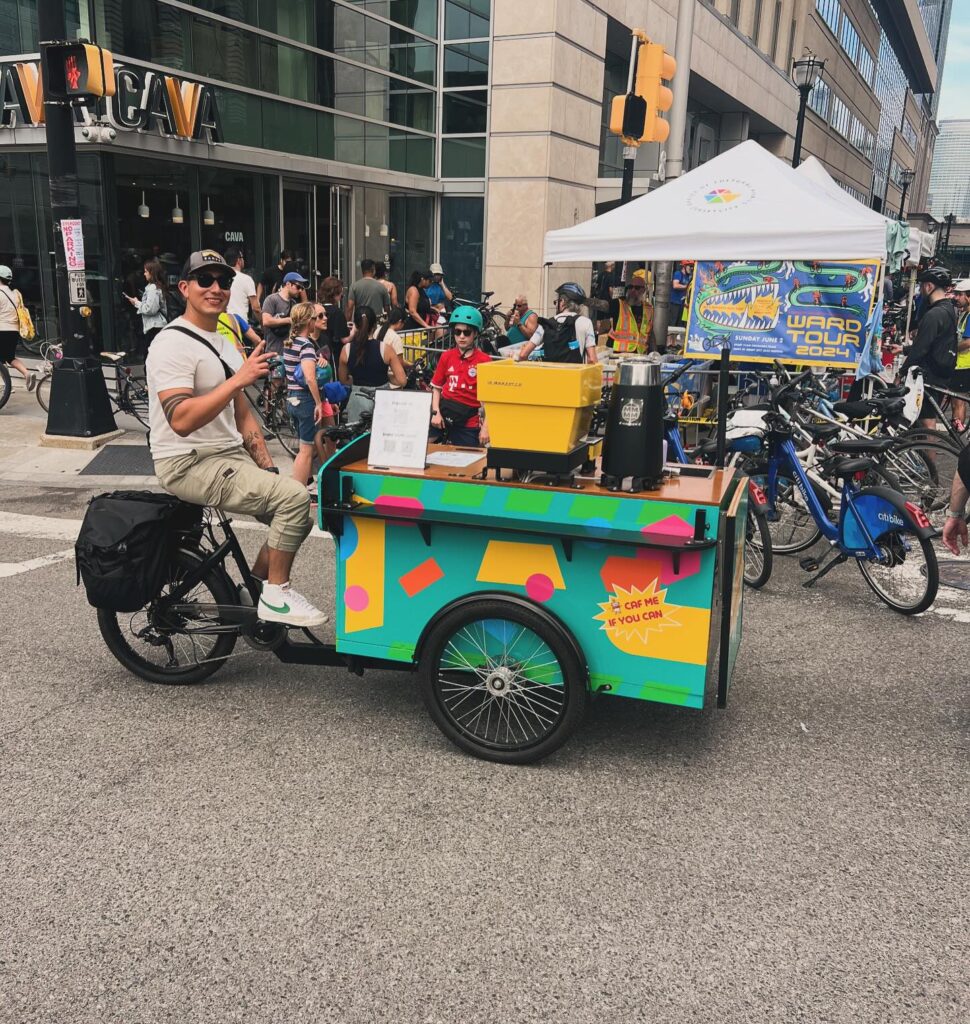
Bikes are faster than cars. Sounds counterintuitive, doesn’t it? However, that’s really so for heavily-populated urban environments. Bad traffic impacts delivery speed, which cannot help but affect customer satisfaction. So, more and more businesses use bikes for courier purposes. Modern two- and three-wheelers can deliver food faster since they are not dependent on the traffic flow and do not need as much parking space as cars do. This allows maximizing the number of completed orders while reducing maintenance costs and fostering a positive environmental impact.
A bicycle food delivery business has great potential to bring you considerable profits in a minimum time. However, you need a good plan for successfully starting a bike courier service. We will walk you through all the subtleties of the process, from planning to scaling your business.
Research and Planning
Careful planning and market research are your first steps for turning a simple business idea into a profitable venture. Here’s what you should consider:
- Market research: explore the latest market trends to align your food courier business with customer demands. Also, research different delivery practices to define which ones will work best for you and help you navigate the urban jungle efficiently.
- Identifying competitors: check out how many businesses deliver food on bikes in your area and analyze why some companies enjoy greater popularity than others. Consider how you can make your service stand out from the competition.
- Determining your target market: target demographics include three principal categories of customers:
- Busy professionals: value the speed and convenience of food delivery, be it a dinner after a long day or a quick launch.
- Tech-savvy customers: opt for deliveries offering app-based services so that they can order food on the go, wherever they are.
- Eco-conscious customers: order food through delivery services focusing on improving the environment.
Create a Business Plan
A well-thought-out business plan will help you determine how to start a bike courier company and make it successful. Besides outlining your operational strategies, it will also help you make sound financial decisions and attract investors. This is what your business plan should include:
- Business overview (mission, concept, and execution plan)
- Company description (name, location, contact data, etc.)
- Legal considerations
- Key points of the market analysis
- Services that set you apart
- Number of employees
- Estimated startup costs and annual revenue
- Monthly operating expenses
- Marketing strategies
Choose the Right Bikes
Some aspiring entrepreneurs use standard two-wheelers when starting a bike courier service. However, big brands have long embraced a better solution to enhance their delivery capabilities. So, they invest in a fleet of electric cargo bikes that have a number of advantages over regular cycles:
- More space for food orders: the best cargo bike models, like the Royce Mid-Drive or Ferla Royce II, feature spacious bamboo boxes with an increased capacity of up to 400-450 lbs. This allows for completing more orders per ride, boosting the profitability of the business.
- Enhanced convenience: cargo bikes with three wheels offer greater stability during the ride, even when carrying heavy loads. They are also equipped with a rear and front LED system to keep the rider visible in the dark. On top of everything else, many cargo bikes support insulated compartments for hot/cold food delivery.
- Higher speed: standard bikes can develop a speed of up to 15 mph, which drops to 8-10 mph when carrying heavy loads. Electric cargo bikes, in turn, have an average speed of 20-25 mph and allow riders to deliver food at longer distances without exhaustion, especially when fully loaded.
Register Your Business and Get Permits
Creating your own bike business is impossible without obtaining all the necessary licenses and permits required for legal operation. You should also comply with food delivery regulations and safety standards applied in your area. Once you register your business with the local government, you will need to handle the needed paperwork, including:
- General business license
- Health and safety permits
- Delivery service license (in some states)
It’s also a smart idea to insure your business to protect it from all sorts of unexpected risks.
Also read: Best Tips on How to Financially Handle Food Cart
Set Your Pricing Structure
The prices you set will have a great impact not only on your revenue but also on customer satisfaction and retention. At the same time, your pricing policy should be transparent and fair so that anyone who uses your services knows how much they will pay even before you deliver the order. Set the prices based on three principal factors:
- Distance: charge a standard rate for short distances and add a small extra fee for longer trips (e.g., $2-$3 per mile).
- Order weight and size: set an additional charge for overly heavy or bulky orders.
- Delivery time: if your standard delivery time is 30-40 minutes, you can offer express or scheduled delivery for an extra fee.
In addition, consider introducing discounts for new and regular customers to keep them loyal.
Build Your Brand and Marketing Strategy
Once you are wondering how to start a bike courier service and make it effective, proper branding and marketing strategies will help you significantly. We have put together some practical tips for you to keep in mind:
- Build a strong brand identity: come up with a catchy and memorable business name and logo that will reflect your mission, values, and distinctive features. Plus, customize your bikes so that more people notice them while you are delivering food. It’s even better if your fleet consists of cargo cycles that attract much more attention than standard two-wheelers.
- Create a website: let people know who you are and what makes you stand out. An efficient website should include information about your brand and prices, as well as showcase honest customer testimonials about the quality of your services.
- Stay active on social media: use platforms like Instagram and Facebook to get more exposure. Hence, you can engage with your customers, share special offers and discounts, show the specifics of your work, etc.
Hire and Train Couriers
In order for your business to bring good profits, hire reliable and highly motivated cyclists who can do their job well. Familiarize them with your food delivery standards, values, and pricing policy, as well as provide each rider with the equipment and tools they need to stay safe and productive (top-quality bikes, helmets, lights, etc.). Furthermore, evaluate their performance and feedback to get a clear idea of how you can improve your service.
Launch Your Service and Conduct Analytics
As soon as you start completing orders, collect and analyze all the information related to deliveries. This includes:
- Number of orders completed daily
- Service area
- Order volume
- Customer and rider feedback
- Daily profit
- Number of new and regular customers
- Peak hours when you take the most orders
Evaluate this information carefully and consider how you can boost the productivity of your business (optimize routes, leverage technology, raise/reduce prices, etc.).
Read Also: How Much Does It Cost to Start a Food Cart Business?
Scale Your Business
Now that you know how to start a bike courier business successfully, check out the best strategies to scale it:
- Expand your service area
- Hire more couriers
- Enlarge your fleet with cargo cycles (rent or purchase used Ferla bikes if you want to save more money)
- Engage in different community events to increase your visibility
- Partner with newly opened restaurants and retail stores
Delivery cargo bikes:

